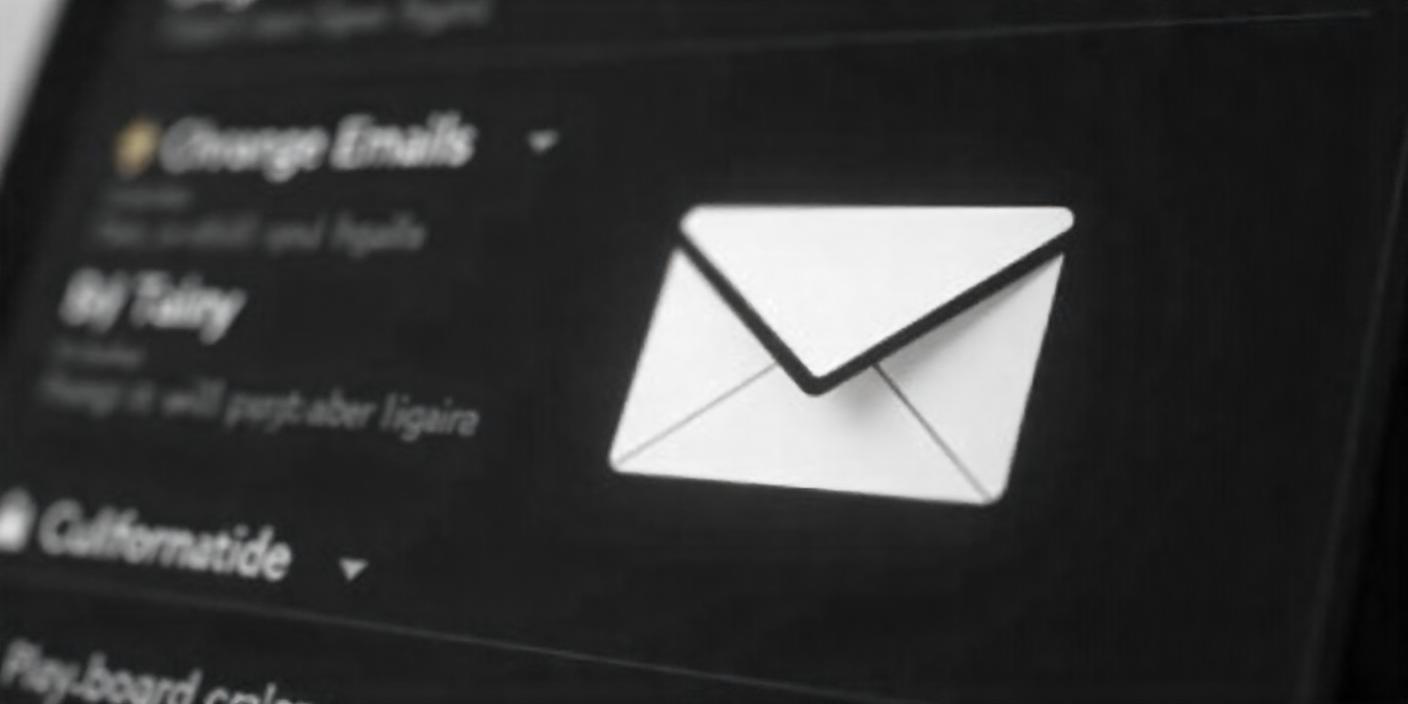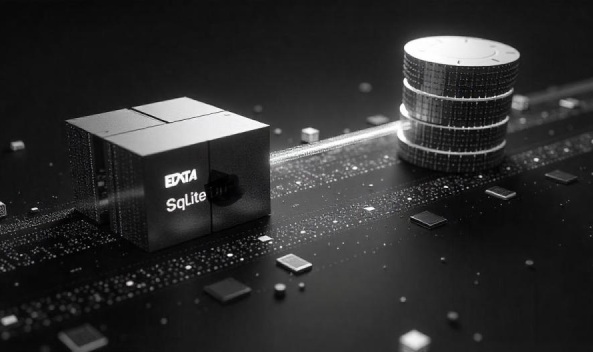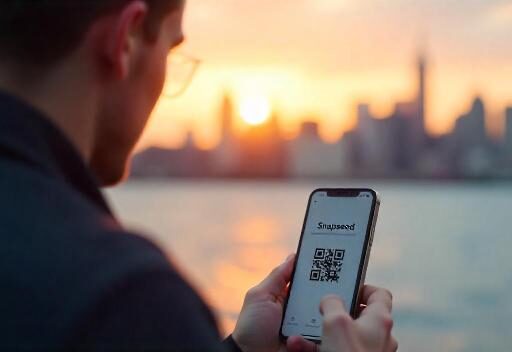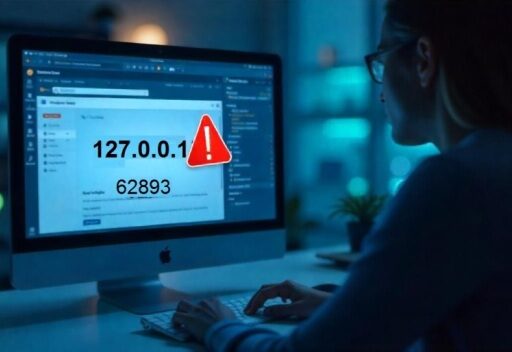
In today’s fast-paced digital world, writing an effective follow-up email is a crucial skill, especially for tech professionals who often communicate across different platforms and time zones. This guide will walk you through the nuances of crafting follow-up emails that not only get responses but also build stronger relationships. With carefully chosen examples and tips, you’ll be ready to send follow-ups that hit the mark every time.
Understanding the Importance of Follow-Up Emails
Follow-up emails are essential in maintaining communication and recalling your presence in the recipient’s mind. They could be for job applications, business pitches, or after meetings. They demonstrate professionalism, persistence, and attention to detail—qualities highly regarded in the tech industry.
Step 1: Determine the Purpose
Before you dive into writing, clearly identify why you’re sending a follow-up email. Are you checking in on a project status, reminding someone of a proposal, or simply thanking them for their time? Pinpointing your objective will guide the email’s tone and content.
Step 2: Crafting a Compelling Subject Line
Your subject line is the first impression. Make it concise and action-oriented. For instance, if you’re following up after an interview, you could use “Following Up on My Interview – [Your Name].” Compose a compelling subject line that accurately previews your message’s content while sparking the recipient’s curiosity and interest.
Also Read: Efficient Workflows: Merge PDFs in Bulk with Online Converters
Step 3: Start with a Polite Greeting
The opening of your follow-up email should be polite and personal. Address the recipient by their name, and if appropriate, mention something from past interactions. For example:
“Hi [Recipient’s Name],
I hope this message finds you well.”
Step 4: Get to the Point
In today’s busy world, nobody appreciates lengthy emails. In a follow-up email, clarity and brevity are your allies. Immediately present your key message or objective within the opening lines of your communication. For example:
“I’m reaching out to see how my application for the [Position] role is progressing and to express my continued interest.” I am truly excited about this opportunity and keen to discuss how I can contribute positively to your team.”
Step 5: Include All Necessary Information
Make sure that all pertinent details are included in your follow-up email. If you’re discussing a project or proposal, summarize the key points. For instance:
“I have attached the revised project outline, reflecting our recent discussion.” Please let me know if there are any adjustments or additional information you need.”
Step 6: Use the Right Tone and Language
The tone of your follow-up email should reflect your relationship with the recipient and the context of your communication. In a professional setting, maintain a cordial yet formal tone:
“I wanted to touch base on the presentation I sent last week and gather your feedback at your earliest convenience.”
Step 7: Include a Call to Action
A clear call to action (CTA) is crucial. Tell the recipient exactly what you expect from them next. This could be scheduling a meeting, providing feedback, or just confirming receipt of your email. For example:
“Could we schedule a time to discuss this further? “Please let me know when you are available for meeting this week”
Step 8: Close with Gratitude and Your Contact Information
End your email by expressing appreciation for the recipient’s time and attention. Include your contact information for easy reference. For example:
“Thank you for considering my application. I look forward to your response.
Best regards, [Your Name] [Your Contact Information]”
Also Read: Need To Simplify Your Inventory? The Ultimate Guide
Examples of Follow-Up Emails
1. Following Up on a Job Application
Subject: Quick Follow-Up on My Job Application – [Your Name]
“Hi [Hiring Manager’s Name],
I hope you’re having a great day. I’m reaching out to inquire about the status of my job application for the [Position] role.”I am truly excited about the chance to become part of [Company Name] and make meaningful contributions to your team. “Please update me on any developments.
Thank you for your time and consideration.
Best, [Your Name]”
2. Post-Meeting Follow-Up
Subject: Thank You for Your Time Today, [Recipient’s Name]
“Hi [Recipient’s Name],
Thank you for meeting with me earlier today. I appreciate the opportunity to learn more about your team and discuss potential collaborations.
Attached is the document summarizing our main points. I would love to hear your thoughts when you have a moment.
Looking forward to our continued conversation.
Best regards, [Your Name]”
3. Following Up on a Proposal
Subject: Proposal Follow-Up: [Project Name]
“Hi [Client’s Name],
“I am following up on the proposal I submitted last week for [Project Name]. “I eagerly await your insightful feedback and am here to address any questions you might have.”
Please let me know a good time for us to connect and move forward.
Thank you for considering this collaboration.
Warm regards, [Your Name]”
Strategies for Success in Tech Communications
For tech professionals, follow-up emails can play a pivotal role in maintaining collaborations and ensuring project momentum. Here are some strategies to maximize the effectiveness of your follow-up communications:
1. Personalize Your Message
Adding a personal touch to your follow-up emails can significantly increase engagement. Reference specific points from previous conversations or meetings. This shows that you value the interaction and pay attention to details.
2. Leverage Technology
Use tools like reminders and scheduling software to manage your follow-ups efficiently. Automation tools can help ensure that no follow-up falls through the cracks, particularly when you’re juggling multiple projects or client interactions.
3. Offer Value
Whenever possible, provide additional value in your follow-up. This could be information that benefits the recipient, such as a relevant article, a case study, or insights into industry trends. Offering value positions you as a supportive and knowledgeable partner.
4. Keep it Professional, Yet Relatable
Maintain a professional tone, but don’t shy away from being relatable and approachable. This can foster a more human connection, essential in any technical communication.
5. Know When to Follow Up
Timing is crucial in follow-up emails. Allow enough time for the recipient to respond before sending another email. Typically, a week is a reasonable window, but this can vary depending on the urgency and nature of your communication.
6. Practice Empathy
Put yourself in the recipient’s shoes. Consider their schedule, workload, and possible challenges. A little empathy can go a long way in shaping the tone and timing of your follow-up emails.
Overcoming Common Follow-Up Challenges
Even experienced tech professionals can struggle with knowing how to write follow up email effectively. Let’s explore some common pitfalls and effective strategies to steer clear of them:
- Being Too Persistent: Persistence is valuable, but overdoing it can come off as pushy. Balance persistence with patience.
- Lack of Clarity: Always be clear about why you’re following up. Ambiguity can lead to misunderstandings or lack of response.
- Ignoring Cultural Differences: In global communications, consider the cultural norms and practices of follow-up communications. This can vary widely across different regions and industries.
Conclusion
Mastering the art of follow-up emails is an invaluable skill for anyone, especially those in the tech industry. By understanding how to follow up on an email effectively, you can maintain strong professional relationships and move your projects forward. With the right mix of professionalism, clarity, and personal touch, your follow-up emails will not only be opened but responded to with the attention they deserve.
Integrate the elements described above into your follow-up strategy to communicate effectively, whether through a follow up email, learning how to write a follow up email, or knowing exactly how to send a follow up email that elicits the desired response. By honing these skills, you position yourself as a competent, considerate, and proactive professional in the ever-evolving tech landscape.



